The institute is located at 1 Cau Da, Vinh Nguyen ward, Nha Trang city, Khanh Hoa province, 6 km from the city center. The Institute of Oceanography was built in the coastal city of Nha Trang as it is near international waters and the area with the deepest coastline in Vietnam.
Established in 1923, it is the leading marine research and archival facility in Vietnam and Southeast Asia.
It is located on a high ground near Cau Da port with an area of 20 hectares. Its Oceanographic Museum attracts many visitors.
Visitors can see more than 5,000 types of sea creatures and over 20,000 specimens that have been preserved for many years. The museum also raises beautiful, exotic and rare marine species in glass tanks.
The museum preserves specimens of tens of thousands of species, including giant fossil skeletons. Among them are the skeleton of a humpback whale, the skeleton of Nang hai fish and the skeleton of an endangered sea cowfish.
Specimens originate from the Vietnamese ocean but also from waters ooff Cambodia, Thailand and other neigboring waters. The Nha Trang Oceanographic Museum was recognized by the Vietnam Book of Records Center as "the place to store the largest set of marine specimens in the country" in 2012.
The museum has an outdoor sightseeing area that is open from 9am to 11am. Visitors will take a boat to the sea to see the activities of sea creatures through the glass on the bottom of the boat or experience scuba diving to see the creatures.
The museum is open from 6 am to 6 pm weekdays. The entrance fee is 40,000 VND for adults, 20,000 VND for students, and 10,000 VND for children.
The institute is not only a tourist destination but also a place to educate the community about the marine ecosystem and the importance of the sea.
Some pictures of the Nha Trang Institute of Oceanography:

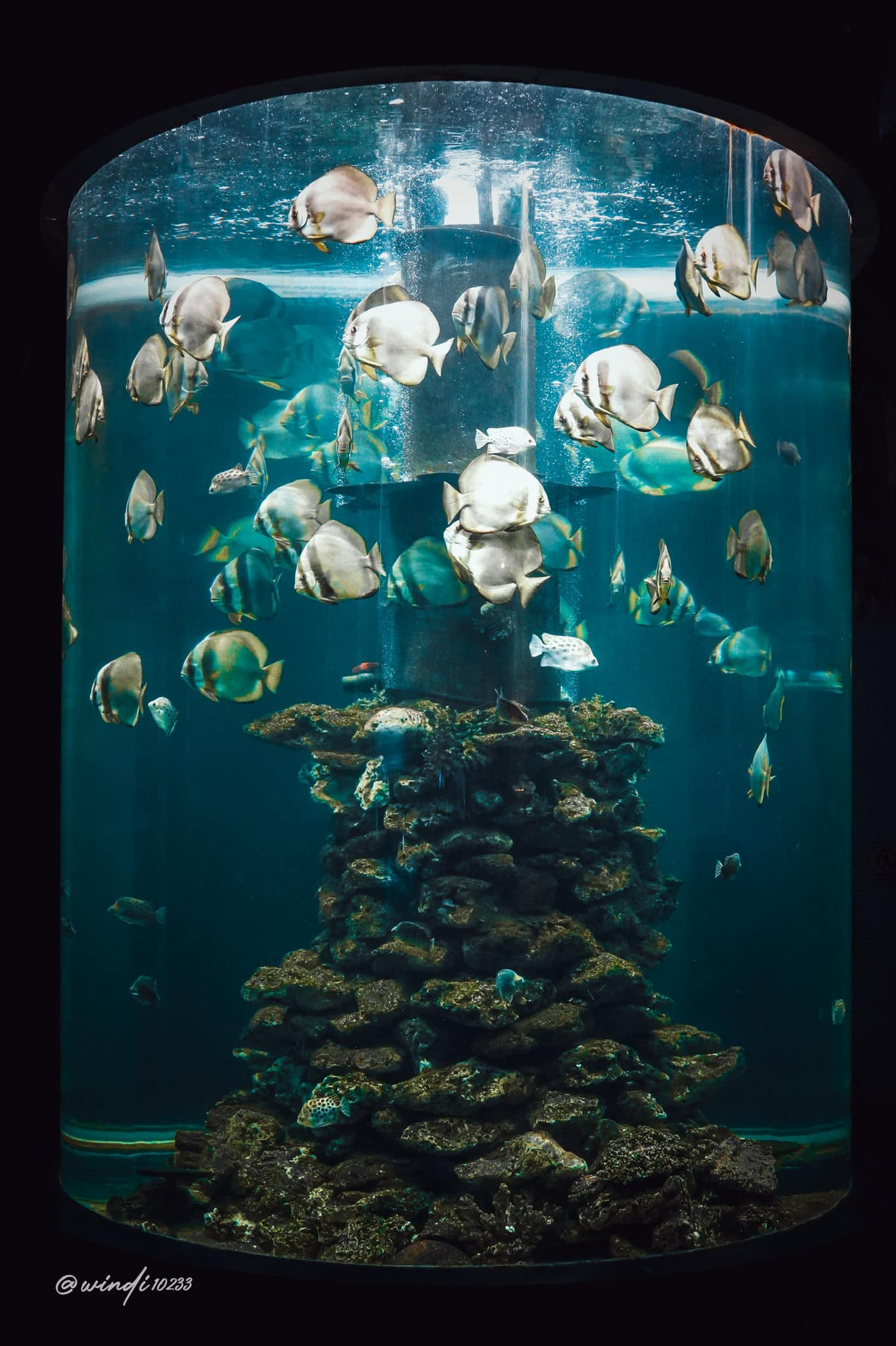
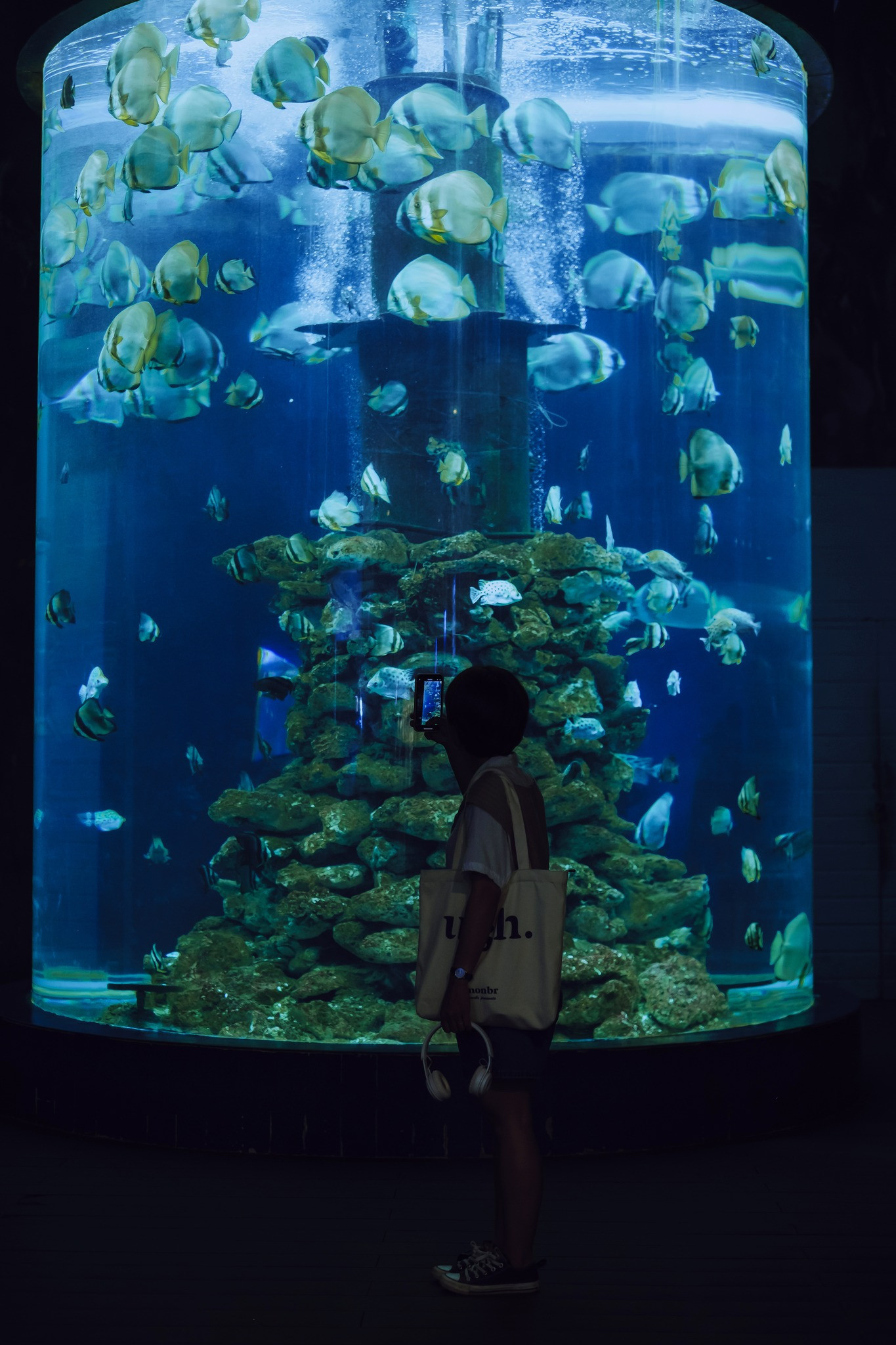


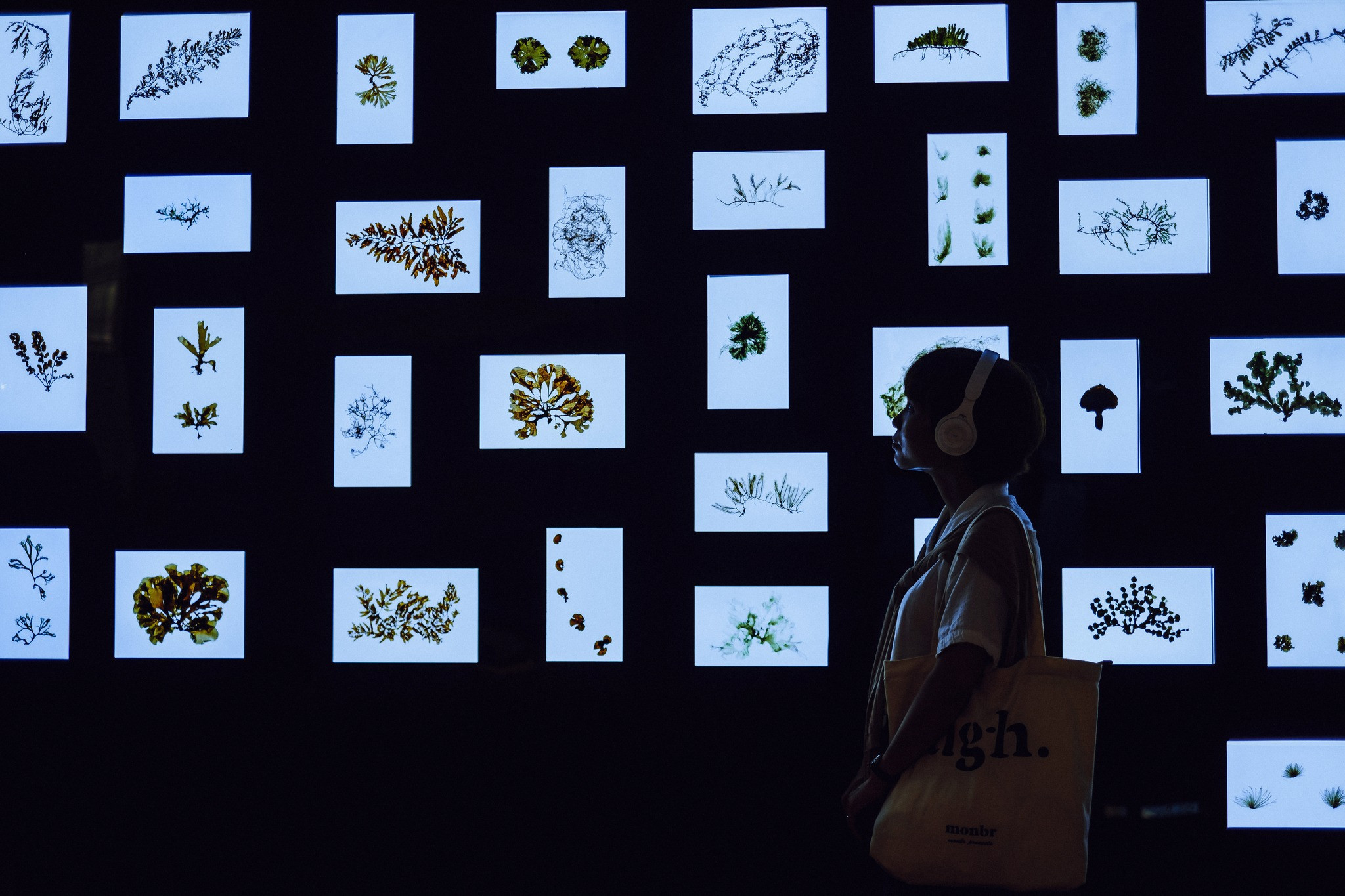


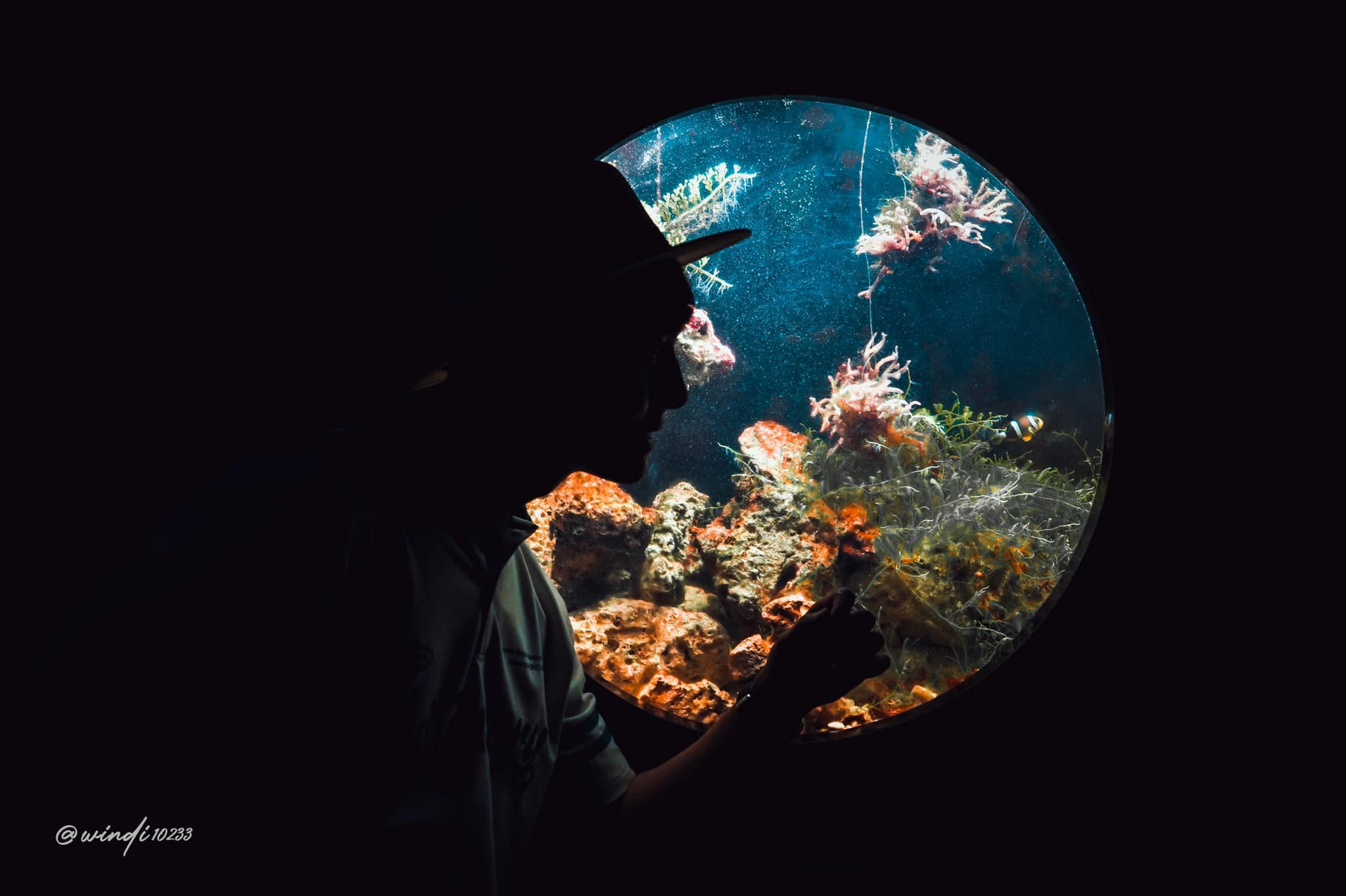




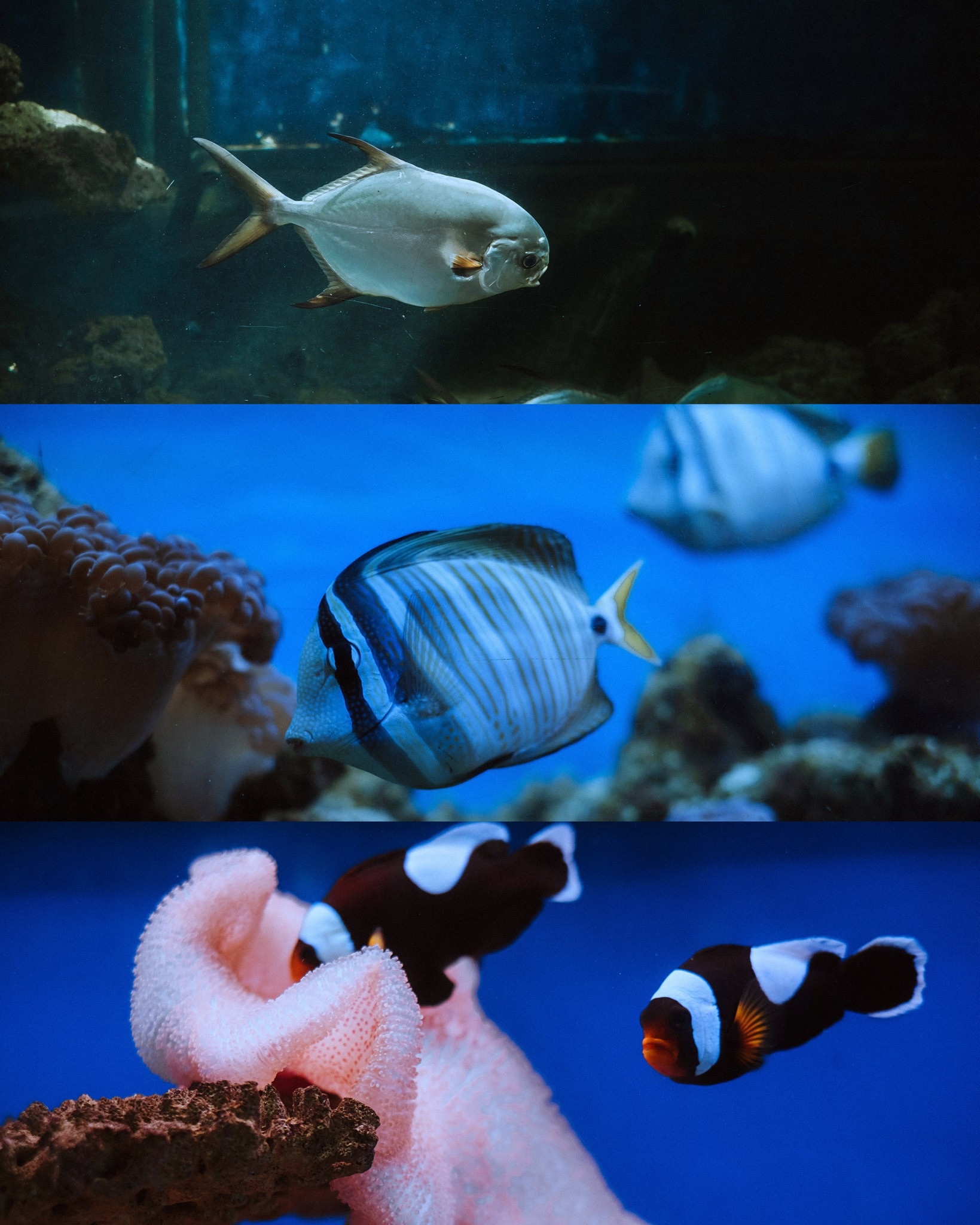

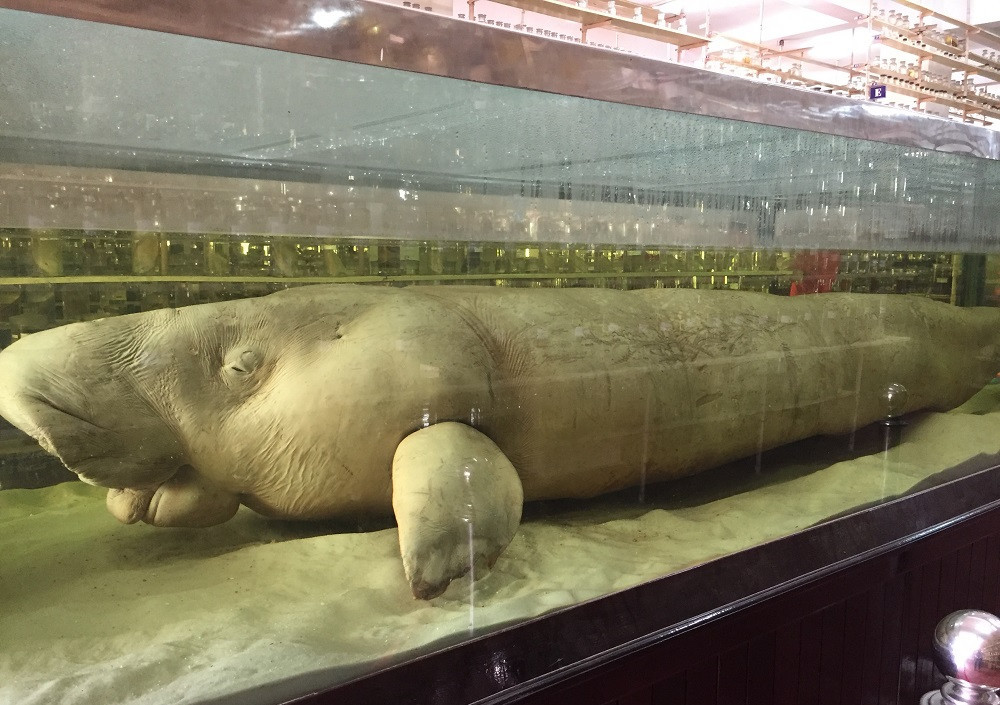

Thuy Chi